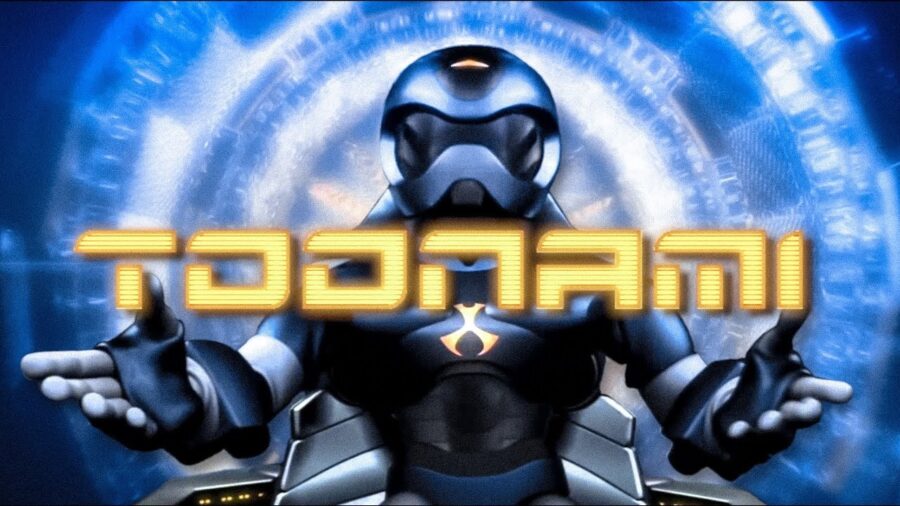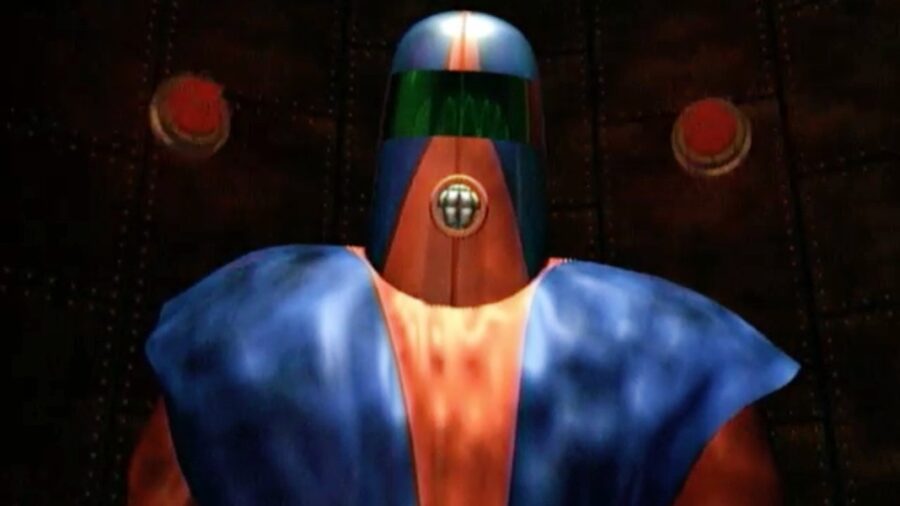How Toonami Made Anime Mainstream

These days, it’s rare to encounter anyone who isn’t familiar with vintage anime such as Dragon Ball Z and Sailor Moon. However, these shows and even anime itself were largely alien to Western culture for many years, and that all changed thanks to the Cartoon Network programming block Toonami. Now, hold onto your Scouters, because we’re about to walk you through exactly how Toonami made anime mainstream.
Toonami Dates Back To 1997

Originally, Toonami premiered back in 1997. At the time, programming consisted primarily of older shows such as Voltron, Thundercats, and The Real Adventures of Jonny Quest. Hosted by familiar Space Ghost character Moltar, this programming block helped to introduce afterschool audiences to vintage cartoons, and it would soon serve as the ultimate gateway to anime for younger viewers.
Starting in 1999, Toonami changed things up by retiring Moltar and bringing in a new host for the programming block: T.O.M., a friendly robot who traveled in a spaceship named Absolution. The narrative conceit of the block is that T.O.M. would broadcast great shows to help usher audiences into a new millennium with a new kind of entertainment.
Toward that end, Toonami introduced original programming such as the Powerpuff Girls as well as now fan-favorite anime such as Sailor Moon.
Late Night Toonami And Saturday Morning Cartoons
It didn’t take long for anime on Toonami to become fans’ favorite content, especially with kickass action shows such as Dragon Ball Z. With this popularity came some slight tweaks to the formatting: while Toonami would still air programs for afterschool audiences, the network also unveiled a special Midnight Run block of programming on Saturday nights.
The idea was that fans at home could stay up watching their favorite anime, and this five-hour block was filled with more great shows such as Outlaw Star, The Big O, Gundam Wing, and many more.
The popularity of Toonami began to bleed over into the rest of the weekend. In addition to the Midnight Run block of programming on Saturday nights, there was also a brief-lived Saturday morning programming block known as Toonami Rising Sun.
In retrospect, this can be seen as the real anime saturation point for Western audiences: thanks to Toonami, anime had now largely replaced other types of animation, and with Rising Sun, it even managed to replace for many fans the kinds of Saturday morning cartoons they would set the alarm to watch.
What was the magic, though, of how Toonami helped make anime mainstream? For one thing, it was a programming block that never spoke down to its young audiences: instead, the promos (which combined killer reels of anime with modern music such as hip-hop) helped children who were watching feel like they had access to grown-up content.

As Midnight Run would come to introduce more mature anime titles and uncut versions of content such as Gundam Wing, it felt like a natural transition for those who had grown up watching shows once they got home from school to now watch more complex anime once they got home from work.
Toonami helped children who were watching feel like they had access to grown-up content.
For another thing, Toonami served as an amazing curation tool for young anime fans: even if you didn’t have an older brother or cousin who could turn you on to the best shows, you could always count on Toonami to bring you some of the most influential and cutting-edge anime around.
That is a tradition that continues to this day with shows like Attack on Titan that might not have gotten nearly as popular if it didn’t have Toonami piping it directly to the television sets of the most dedicated anime fans.
While it briefly went away, Toonami is still around and still serves as an amazing curation tool. Sure, you can stream all the titles you want from services such as Crunchyroll, but it can often be difficult to find the diamonds in all that rough. Fortunately, you can still count on Toonami every Saturday night to bring you hours of killer content, music videos, game reviews, and the dulcet tones of Steve Blum’s T.O.M. late into the night.












